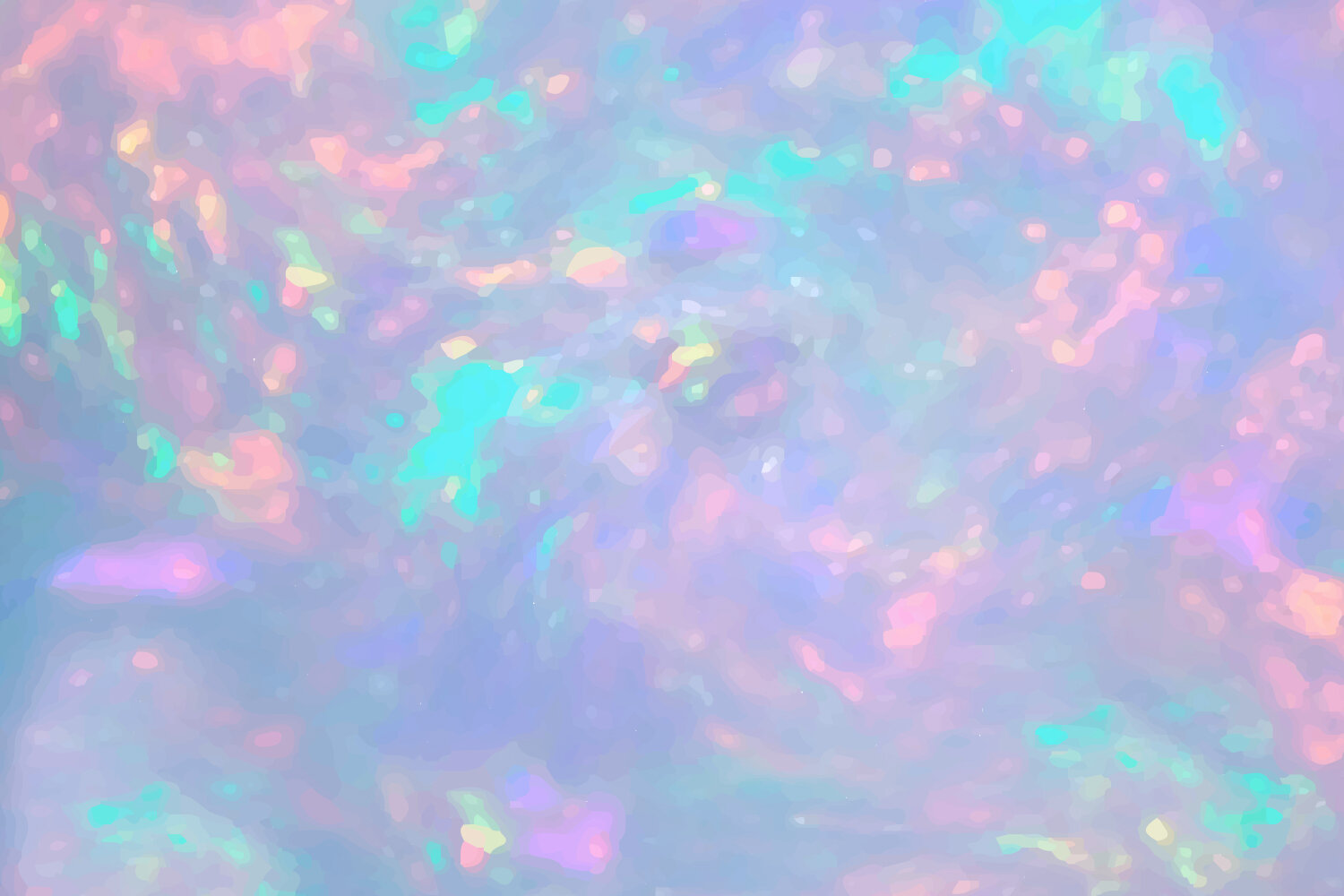
Cut, Inclusion, and Weight
A well-cut and proportional gemstone adds to the value of the opal. Some people prefer a high dome, but it isn’t necessary. Excessively fat gemstones should be faulted if they make the opal less attractive. A poorly polished surface reduces the ability of light to enter and leave the opal, thus reducing brightness and value. The value of the opal may be reduced because of inclusions visible on the top of the gemstone because they detract from the beauty of the opal. If the inclusions are on the back of the gemstone, usually, they don’t affect value.
Cracked or crazed gemstones are seriously flawed. Opinions vary about their market value, but most opal dealers consider such gemstones valuable only as specimens. They are not considered to be high quality enough to use in jewelry, which explains why they have a very low value in comparison to a solid gemstone with the same characteristics.
The gemstone weight is measured in carats. Small gemstones of less than one carat and large gemstones of more than 40 carats can be considered low in value unless it is black opal.
Boulder opals sell by piece instead of weight. The value of a boulder opal is determined by the size and quality of the face, not weight. The size is judged by the area of the opal face on the gemstone and is classed as small, medium, large and very large.
There are a few dealers who sell boulder opals by weight. If you need to estimate the weight of a boulder opal, you will have a difficult task. The weight of a gemstone varies significantly with the density of the ironstone, which is heavy, and the amount of it relative to the opal. This is why boulder opals are usually sold by the piece.

